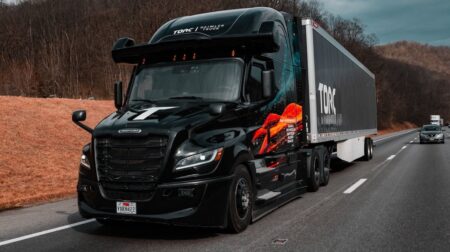Researchers from the Laboratory of Intelligent Systems, Switzerland have created a self-righting fixed wing drone inspired by insects.
The team, from Ecole Polytechnique Federale de Lausanne, studied ladybugs which have tough exterior wings, called elytra, that can be used to get off their backs. The engineers created artificial elytra to help salvage fixed-wing drones from compromising positions.
Furthermore, the study found these elytra also improve aerodynamics of the micro aerial vehicles (MAVs). The results were recently published in IEEE Robotics and Automation Letters.
Charalampos Vourtsis is a doctoral assistant, who co-created the new design, explained that beetles have developed several survival mechanisms which were “a source of inspiration for applications in modern robotics”.
He added: “Similar to the insect, the artificial elytra feature degrees of freedom that allow them to reorient the vehicle if it flips over or lands upside down.”
The researchers created and tested artificial elytra of different lengths and torques to determine the most effective combination for self-righting a fixed-wing MAV. While torque had little impact on performance, the length of elytra was found to be influential.
On a flat, hard surface, the 11cm elytra lengths yielded mixed results. However, the longer 14cm length was associated with a perfect success rate. The longer elytra were then tested on different inclines and at different orientations. The drones used the elytra to self-right themselves in all scenarios, except for one position at the steepest incline.
Additionally, the various MAVs were also trialled on different terrains, including pavement, course sand, fine sand, rocks, shells, wood chips and grass.
The team now looks to study additional uses of the beetles’ elytra. “We are currently investigating elytra for protecting folding wings when the drone moves on the ground among bushes, stones, and other obstacles, just like beetles do,” explained Vourtsis.
“That would enable drones to fly long distances with large, unfolded wings, and safely land and locomote in a compact format in narrow spaces.”







